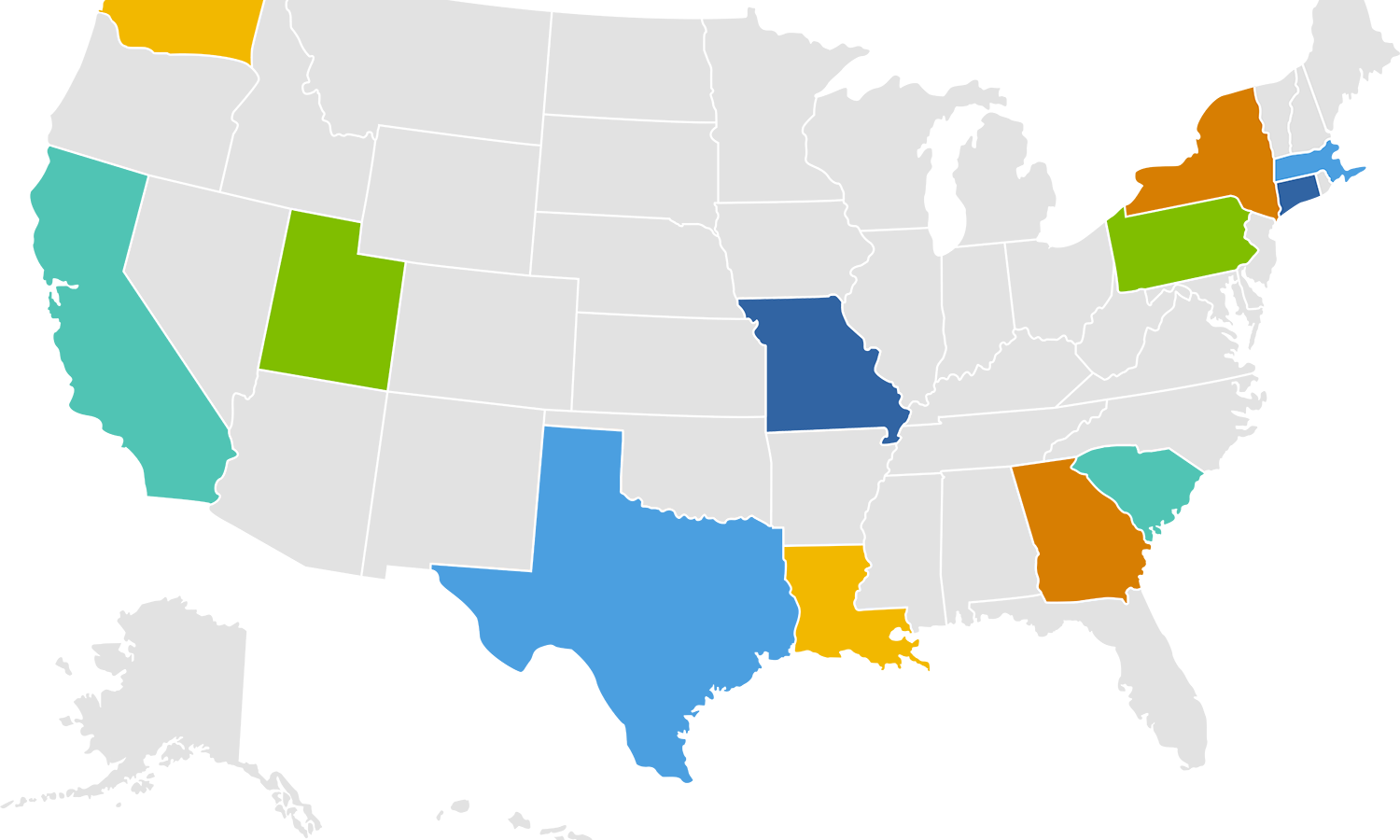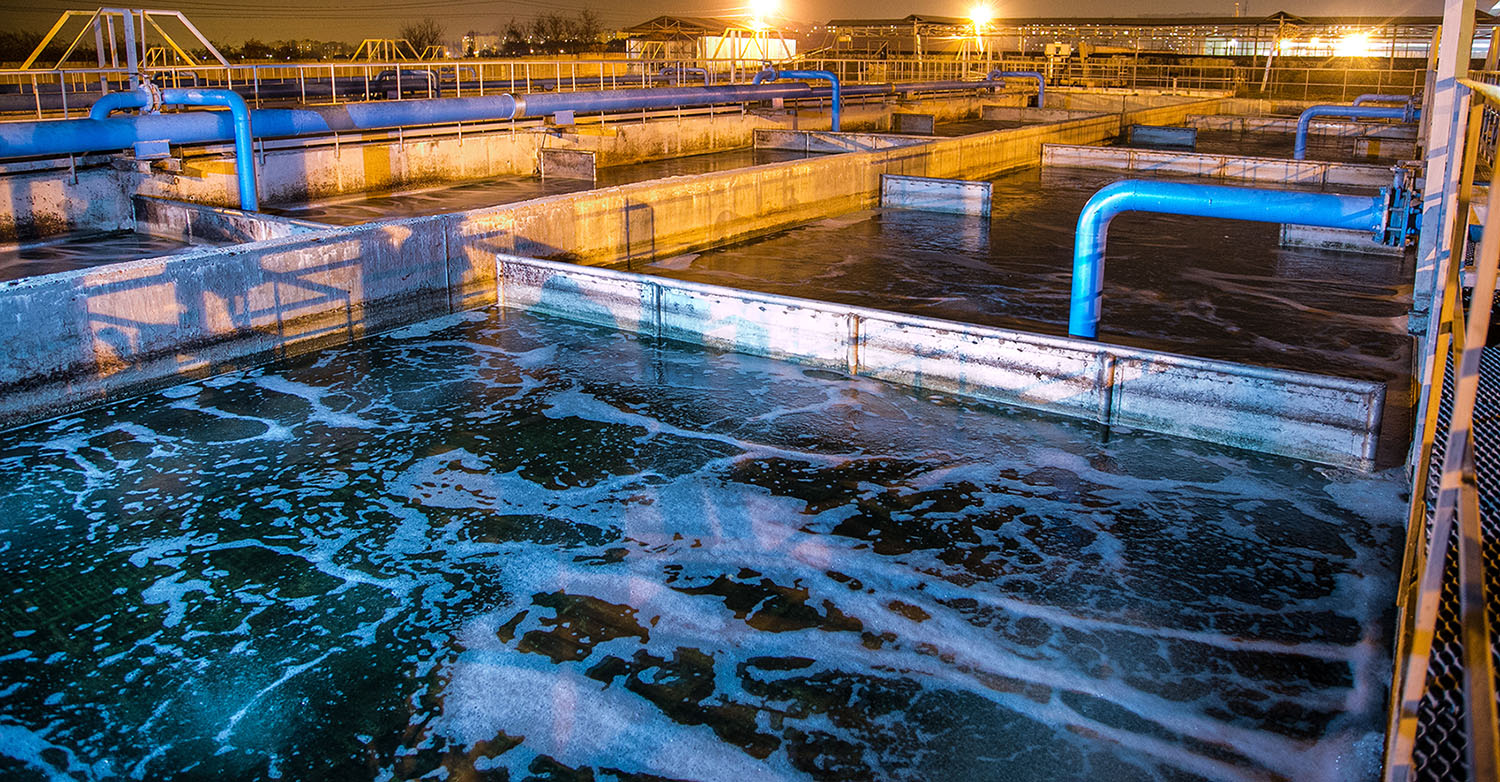
The daily report is an integral part of any construction project. Below, we’ve listed six crucial points on what to include in a daily construction field report.
What’s a Daily Field Report or a Daily Work Report?
A daily field report is a document filled and filed by the site manager at the end of each workday. It contains a myriad of information about the project and its progress. It also lists individuals involved in the project including stakeholders, investors, project owners, and contractors as well as everyone who was on the jobsite that day.
What To Include in a Daily Field Report
A daily construction field report will contain a wide breadth of info and should be comprised of a collection of detailed inspections. Below are are some of the most crucial details to include:
Details About the Job
The first things to document are the job title, type, and number as well as the exact location of the work you are inspecting. Our observations automatically include geolocation so your report will most likely include multiple physical locations, as you move around the jobsite.
A List of Crew Members
Include a full list of the crew members on site for the day; doing so will help you accurately track attendance and payroll.
The Work Performed
The next thing to record is the scope of the work performed throughout the day. Be sure to document each individual task performed as well as how the project is progressing as a whole. Incorporating images and videos will significantly improve the depth and quality of your report. Work performed by contractors will also help the office track who should be paid, when. Detailed tracking and reporting of work performed means that you can delay payment to some contractors while accelerating payment to others. This detailed level of payments management can have significant impacts on disadvantaged business enterprises (DBEs), especially as is reduces the need for small businesses to apply for loans or carry a great deal of debt on their books.
The Equipment and Materials Used
Document the equipment and materials used and keep track of inventory. This will help curb overspending and reduce material-related delays.
The Weather Conditions
Note the weather, wind speed, and temperature each day. Poor weather can cause delays and can also impact materials. Knowing that it was a certain temperature or raining can inform whether or not certain materials will be able to cure in time. Documenting any misalignment in materials and weather conditions can help catch issues before they become major setbacks and can also ensure that future claims are defensible. By recording the weather conditions, you cite a reasonable cause for any potential problems. Our solutions include geo-located weather data as a specific observation type.
Accidents
If an accident occurs on-site, you’re required to report it. Regardless of how big or small the accident, be sure to make note of any and all incidents in your daily report and file separate incident reports.
How To Improve Your Reports
High impact reports benefit construction projects in numerous ways: they are more accurate, they collect much richer data in a way that surfaces trends and therefore insights. The daily work reports generated by our solutions are rich and insightful. The data that comprises them is tagged and searchable so all approvers and stakeholders can “double click” on details and learn more prior to approval.
Daily field reports that are detailed, searchable, and cloud-based save money and streamline workflows. This information will help you further analyze and refine your procedures. If you want to optimize the quality of your daily reports, HeadLight’s construction daily report solution can help. Our software allows you to easily capture, share, and act on data so you can make more informed decisions regarding your projects.


